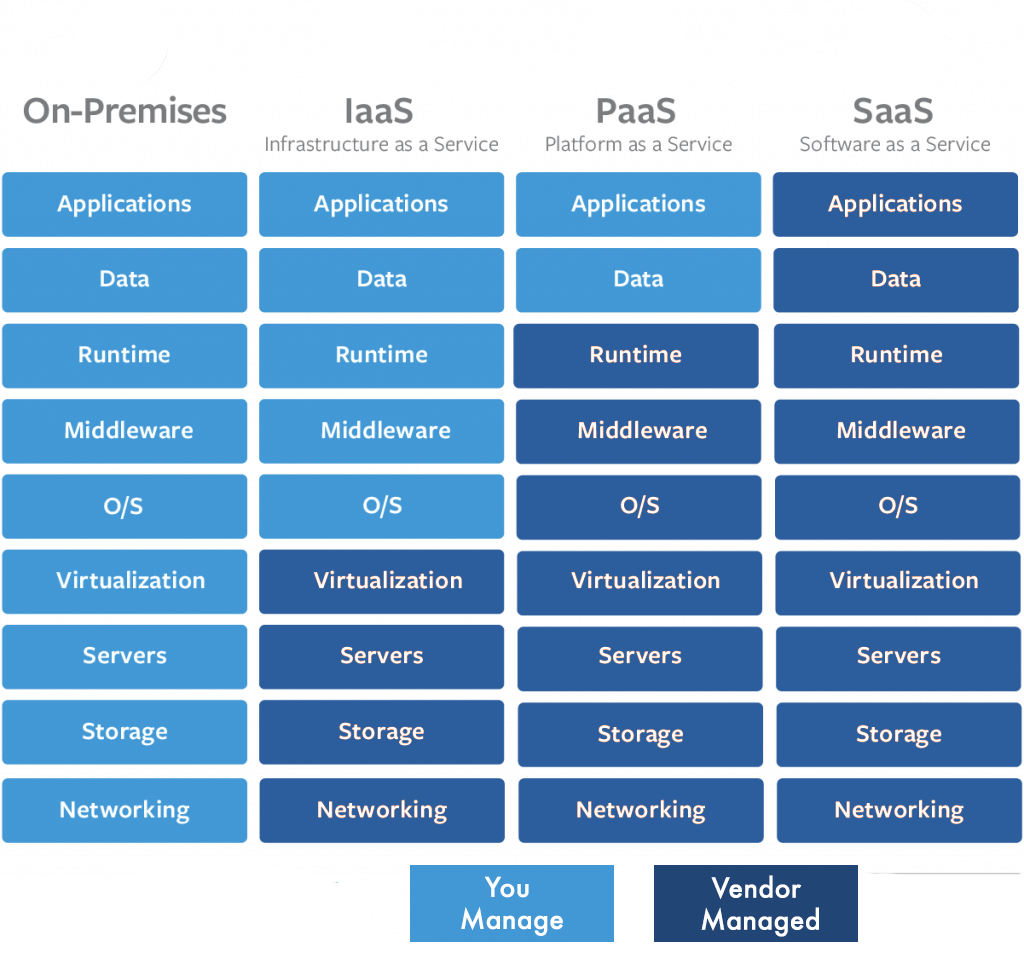AI so fast it has time to read your images and clean your floors.
This tongue-in-cheek statement isn’t unlike the many other bold claims that are out there. The recent hype surrounding AI in healthcare is boundless, with promises that it can exponentially increase productivity, improve accuracy, and slash operational costs at a scale that was previously unfathomable. As a result, many healthcare organizations are actively developing strategies to incorporate AI into their technology roadmaps and clinical workflows, hoping to immediately reap the promised benefits.
Unfortunately, in many cases, implementation of AI in clinical practice has fallen short of expectations, proving to be more complicated, expensive, and cumbersome than originally advertised. This is largely due to an overarching perception in the industry that off-the-shelf AI applications can be procured and integrated ‘out-of-the-box’ into a variety of existing technologies, such as EHRs, PACS, and other data sources. The reality, however, is that successful adoption and deployment of AI requires careful evaluation of the following key considerations:
1. Finding the right AI fit for your organization
There is a plethora of different AI algorithms out there – each with their own distinct use cases and value propositions including but not limited to:
- Predictive analytics to profile your organization’s capacity and performance potential in line with demand and growth patterns;
- Image analysis to automatically detect, escalate, and monitor abnormalities or disease;
- And proactive recommendations to treat or mitigate disease based on family, clinical, and social and environmental factors.
Determining which AI applications will provide the most ‘bang for your buck’ requires thoughtful evaluation and identification of your organization’s own unique challenges and objectives. As well, it’s important to consider how AI will integrate into your existing technologies and day-to-day operations. Applications that fragment workflow or introduce cumbersome steps rarely achieve successful adoption – especially among busy clinicians. Be sure that your AI roadmap prioritizes applications that will bring meaningful and measurable benefits to address your burning platforms, and ensure your AI vendor has designed integrations, interfaces, and feedback loops that deliver a seamless and efficient user experience.
2. AI is only as good as its underlying data
AI models typically have specific requirements regarding the structure, content, and format of the data they are analyzing. Unfortunately, most healthcare organizations have a unique data fingerprint, with diverse technology ecosystems, image acquisition techniques, clinical documentation practices, and population characteristics that can introduce variability and negatively impact the accuracy of AI algorithms in clinical practice.
Careful analysis of each algorithm’s data requirements alongside your own data warehouse is required to determine whether there are any content or formatting gaps that will need to be addressed, and/or whether changes will be required to HL7/FHIR, DICOM, XDS, or other interfaces.
As well, it’s essential that your AI vendor has a strategy in-place to validate and, if necessary, re-train their algorithms against your own unique datasets before going live to ensure quality and accuracy of results.
Finally, it’s common – even expected – for changes in data structure and semantics to shift over time due to a number of factors such as process changes, introduction of new or updated imaging modalities, or changes in patient population characteristics, etc. It’s therefore critical that AI vendors have processes in place to proactively identify and accommodate these changes on an ongoing basis to ensure continued accuracy and efficacy within the live clinical environment.
3. Striking a cost-value balance
One of the biggest barriers to adoption for AI today continues to be the financial reimbursement model – or lack thereof. AI introduces additional operational, and sometimes capital costs, which in most cases do not realize a full return through billable outcomes.
While there are a few examples where computer-generated findings qualify for reimbursements (i.e. CAD for mammography), CMS has yet to provide direct reimbursement models for providers to bill for AI-rendered diagnostic interpretations or reviews. This doesn’t mean AI is a money pit – rather ROI is measured based on improved workflow and provider efficiency and accuracy, which in turn increases capacity (revenue) and decreases resource utilization, risk, and other ‘waste’ (costs).
As well, AI can automate risk stratification, data correlation, and reporting to help providers qualify for additional reimbursements, incentives, or even grants related to specific disease profiles and patient populations – a process that would be all but impossible if done manually due to the sheer volume and variability of the underlying data. The cost-value balance is unique for each healthcare organization and depends upon the opportunities, challenges, and priorities identified above. In any case, be sure to challenge your AI vendor to provide quantifiable evidence that they will be able to deliver the ROI you’re expecting – whatever that may be.
Love the logo? Contact us for details on how to order your limited edition tee.

Are you ready to integrate AI into your organization? We can help you separate truth from fiction and select a strategy, technology, and vendor that will best fit your organizational capabilities and needs. Contact us to setup a meeting at RSNA 2019.




